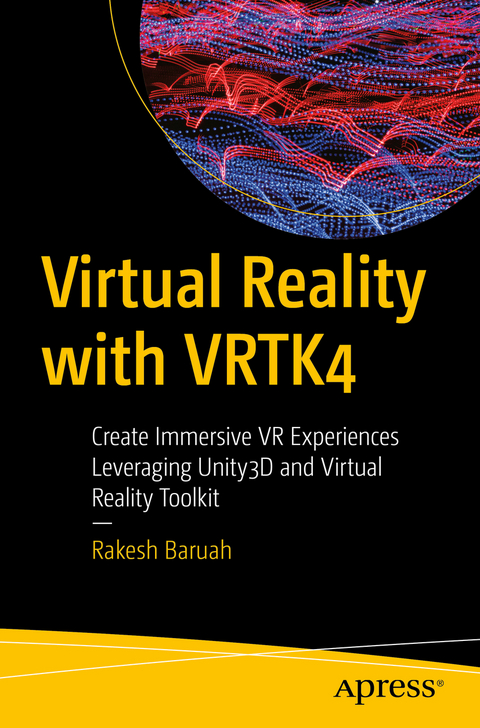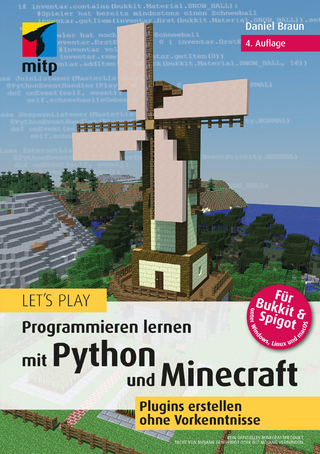
Virtual Reality with VRTK4
Apress (Verlag)
978-1-4842-5487-5 (ISBN)
You'll start by reviewing spatial computing, an emerging field that encompasses self-driving cars to space exploration. You'll also create your own virtual reality environments for use on headsets such as those from Oculus and HTC. Using the Unity3D game engine and the Virtual Reality Toolkit on a computer or laptop, you will walk through the fundamentals of virtual reality with as little code as possible. That is the beauty of Unity and the Virtual Reality Toolkit. You will discover how to use buttons in a virtual space,gaze-tracking for user input, and physics for enabling interaction between a human and a virtual space. From game design to education to healthcare to human resources, virtual reality offers new and creative ways to engage users, students, patients, customers, and more. Not a coding book, Virtual Reality with VRTK4 shows that you don't need to be a computer or graphics whiz to begin creating your own virtual reality experiences.
What You'll Learn
Grasp Virtual Reality Toolkit and its interaction with Unity3D
Explore the fundamental science of virtual reality
Review the inner workings of Unity3D and its integration with VRTK
Understand the big picture of C# coding in Unity3D
Incorporate head and hand movement into virtual experiences
Who This Book Is For
Creative professionals or students who are familiar with computer design programs and want to begin prototyping their own original virtual reality work as quickly as possible.
Rakesh Baruah is a writer and creator with 15 years of experience in new media, film, and television in New York City. After completing an MFA in screenwriting and directing for film from Columbia University. Rakesh joined the writers’ room of a hit, primetime, network drama as an assistant. The experience opened his eyes to the limits of television and the opportunities promised by 3D, immersive content. In 2016 he began a self-guided journey toward virtual reality design that has taken him through startups, bootcamps, the Microsoft offices and many, many hours in front of a computer. He shares what he’s learned with you in a style and format designed specifically for the person who in high school, preferred English class to Trigonometry.
Introduction._Chapter 1: Setting.- Chapter 2: The Virtual Cameras.- Chapter 3: Gameobjects, Components, and an introduction to C# Scripting.- Chapter 4:Doin’ Thangs: Input, Events, and Action.- Chapter 5: Keyboard Input As Action- Chapter 6: Controller Button Inputs As Actions.- Chapter 7: Trigger Input Through 1-Dimensional Axis Actions.- Chapter 8: Interactors and Interactables- Chapter 9: Movement in VR.
| Erscheinungsdatum | 23.12.2019 |
|---|---|
| Zusatzinfo | 210 Illustrations, black and white; XXXVIII, 353 p. 210 illus. |
| Verlagsort | Berkley |
| Sprache | englisch |
| Maße | 155 x 235 mm |
| Themenwelt | Informatik ► Software Entwicklung ► Spieleprogrammierung |
| Schlagworte | spatial computing • unity3d • Virtual Reality • Virtual Reality Toolkit • VR environments |
| ISBN-10 | 1-4842-5487-2 / 1484254872 |
| ISBN-13 | 978-1-4842-5487-5 / 9781484254875 |
| Zustand | Neuware |
| Informationen gemäß Produktsicherheitsverordnung (GPSR) | |
| Haben Sie eine Frage zum Produkt? |
aus dem Bereich


